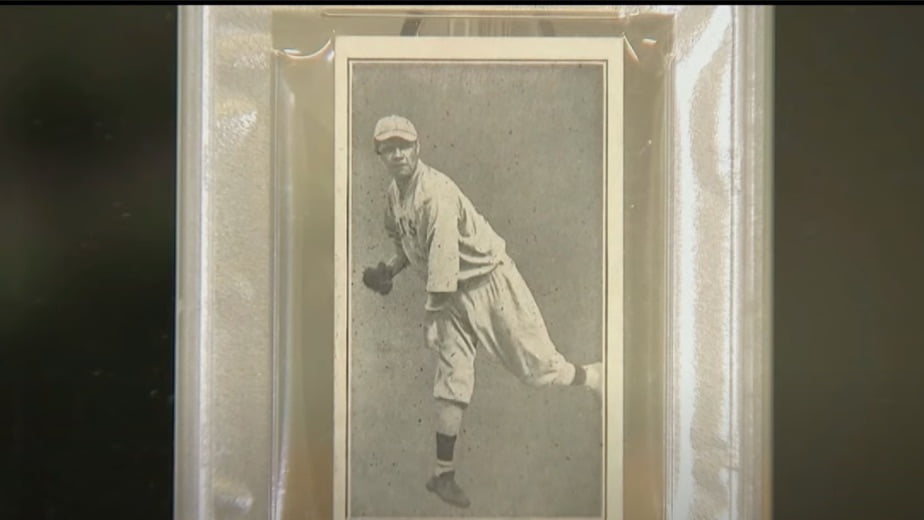(Sports news) Earlier this year, a 1914 Babe Ruth minor league card, the first to feature the legendary Major League Baseball star as a player, was sold for $6 million, a record breaking price for a sports collectible. The card showed a 19 year old Ruth as a minor league pitcher for the Baltimore Orioles, and it’s estimated that only 10 copies of the card exist anywhere in the world.
Baseball cards have a history that dates back to over a century and started off as a marketing gimmick for tobacco companies. In the 1880’s, they would print 2.75 inch images of war heroes, athletes, actors and actresses on a cardboard print. Children would keep these cards once they were discarded by parents and start their own collections. It was not until almost fifty years later that Goudey Gum Company included baseball cards in a pack of gum to appeal to the younger generation and boy did it become a craze like no other!
In just a few decades, baseball cards were such an integral part of American sporting culture that the tables were turned and sweets were included in a pack of cards. Topps became an industry leader as cards became vibrant, with player bios and players were signed with exclusive contracts with the company. Kids who grew up in the 1950’s had plenty of spending power once they became adults in the 70’s and that’s when the baseball card prices began to boom. Soon enough, baseball card collection became less of a hobby for children and an “investment” by adults as some cards were valued at thousands of dollars.
The association between Major League Baseball (MLB) and Topps has existed since 1952 and that partnership is soon coming to an end. Fanatics, a company that makes sports apparel, is expected to get the trading card deal in 2026, leaving Topps with licensing deals with Major League Soccer, Bundesliga, UEFA Champions League and National Hockey League. Fanatics’ deal with the MBA and MLPBA is more than 10 times larger than any the union has ever agreed to and is expected to generate $2 billion by 2045.
For many fans who have collected baseball cards over the years, it’s the end of an era. Topps has played an integral role in countless childhoods and those involved with baseball card collection will hope that Fanatics will do them justice. Time will tell if this is the beginning of how baseball card collection ends for good or whether Fanatics will encourage the newer generation of sports enthusiasts in this timeless hobby.
Also read: Five cricketing rumours every 90s kid believed to be true







